エンジニアの知的生産術NEXT - AI-powered Knowledge Assistant
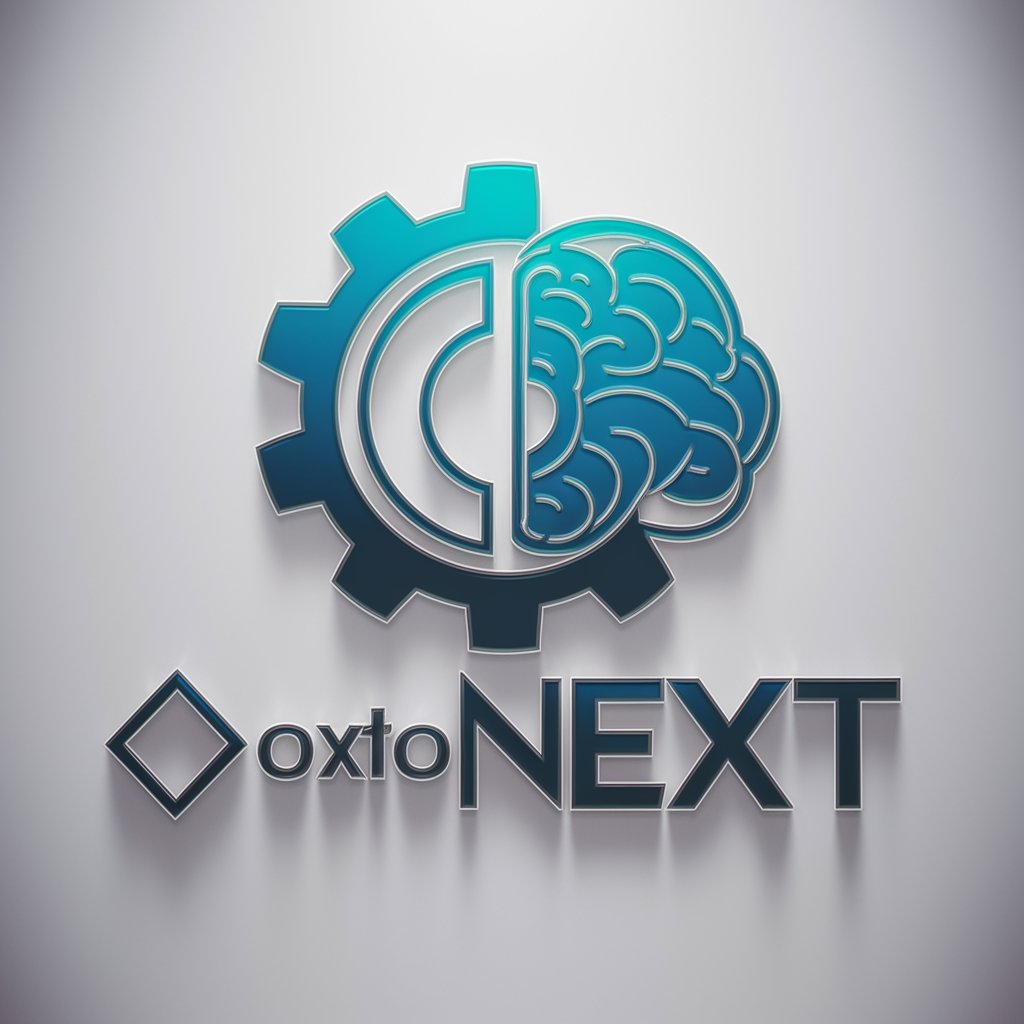
Hello! How can I assist you today?
Revolutionizing Knowledge Transfer with AI
Explain the concept of
How can I improve my
What are the best practices for
Can you describe the process of
Get Embed Code
Introduction to エンジニアの知的生産術NEXT
エンジニアの知的生産術NEXT is a prototype exploring the future of knowledge transmission, inspired by the advancement of Large Language Models (LLMs). It aims to serve as a comprehensive guide for intellectual productivity tailored to engineers. The author, leveraging a decade of research in intellectual productivity at Cybozu and teaching experiences, found a gap in available literature for a modern, practical guide to intellectual productivity that accounts for current technological standards. This led to the creation of a book that synthesizes methodologies and insights into learning, creativity, and knowledge work, specifically designed to address the challenges and opportunities presented by modern engineering practices. Powered by ChatGPT-4o。

Main Functions of エンジニアの知的生産術NEXT
Learning Cycle for New Skills
Example
Information Collection, Modelization, Practice & Verification
Scenario
Guides engineers through the process of acquiring new skills or knowledge, from gathering information to applying and verifying new concepts in practice.
Maintaining Motivation
Example
Setting Clear Goals, Using Tutorials to Bring Goals Closer
Scenario
Provides strategies to keep engineers motivated throughout the learning process, emphasizing the importance of clear goal setting and practical tutorials.
Effective Reading Techniques
Example
Whole Mind System, Focus Reading
Scenario
Offers methods for efficiently processing and understanding complex materials, including technical documents and programming manuals.
Idea Generation and Problem Solving
Example
KJ Method, Comparison of Programming Languages
Scenario
Facilitates creative problem-solving and idea generation by comparing different approaches and leveraging structured methodologies.
Knowledge Organization and Output
Example
KJ Method for Writing, Structuring Knowledge
Scenario
Helps engineers organize their thoughts and knowledge into coherent outputs, such as documentation or presentations.
Ideal Users of エンジニアの知的生産術NEXT
Engineers and Programmers
Professionals in software development, engineering, and related fields who seek to improve their learning efficiency, creativity, and productivity.
Students in STEM Fields
Individuals studying science, technology, engineering, and mathematics who require effective strategies for learning and applying new knowledge.
Knowledge Workers
People involved in jobs where they deal with information or knowledge and who need to efficiently manage and output their insights.

How to Use エンジニアの知的生産術NEXT
Start with YesChat.ai
Begin by visiting YesChat.ai for a complimentary trial, accessible without the necessity of logging in or subscribing to ChatGPT Plus.
Explore Features
Familiarize yourself with its features by exploring the available documentation and resources to understand its capabilities fully.
Identify Needs
Determine your specific needs or the problems you're looking to solve to tailor the tool's use to your requirements effectively.
Interact and Experiment
Engage with the tool through interaction and experimentation, utilizing its functions for your particular use cases.
Seek Support
Utilize the provided support channels for guidance or clarification on functionalities, best practices, or troubleshooting.
Try other advanced and practical GPTs
Clinical Impact and Finance Guru
AI-Powered Healthcare Analytics and Planning

GLSL Graphics Programming Helper
Empowering your GLSL Journey with AI
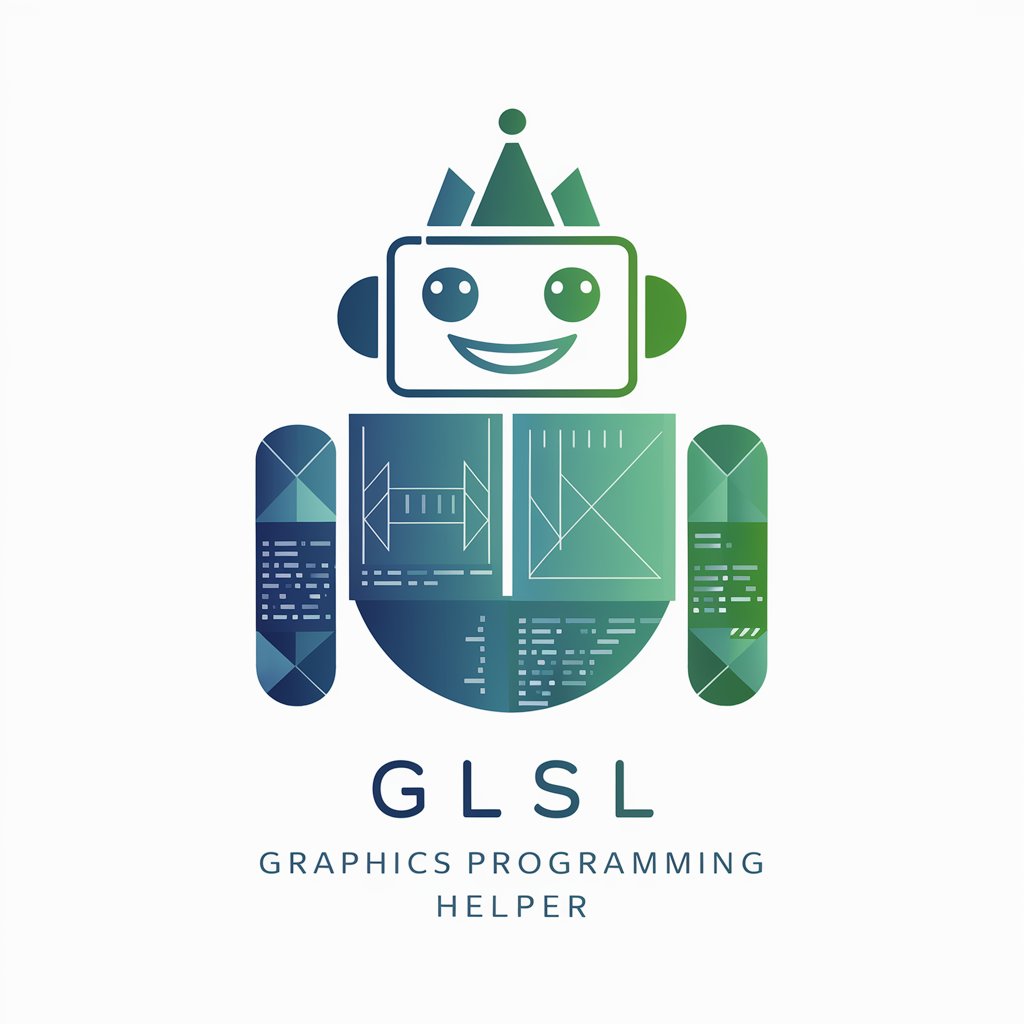
外贸团长
Empowering Global Sellers with AI-Driven Insights

Long Market Research Analyst
Unlock Market Potential with AI

SEO 技术流
Empowering Your Web Presence with AI-Driven SEO

个性签名
Craft Your Signature, Power Your Identity
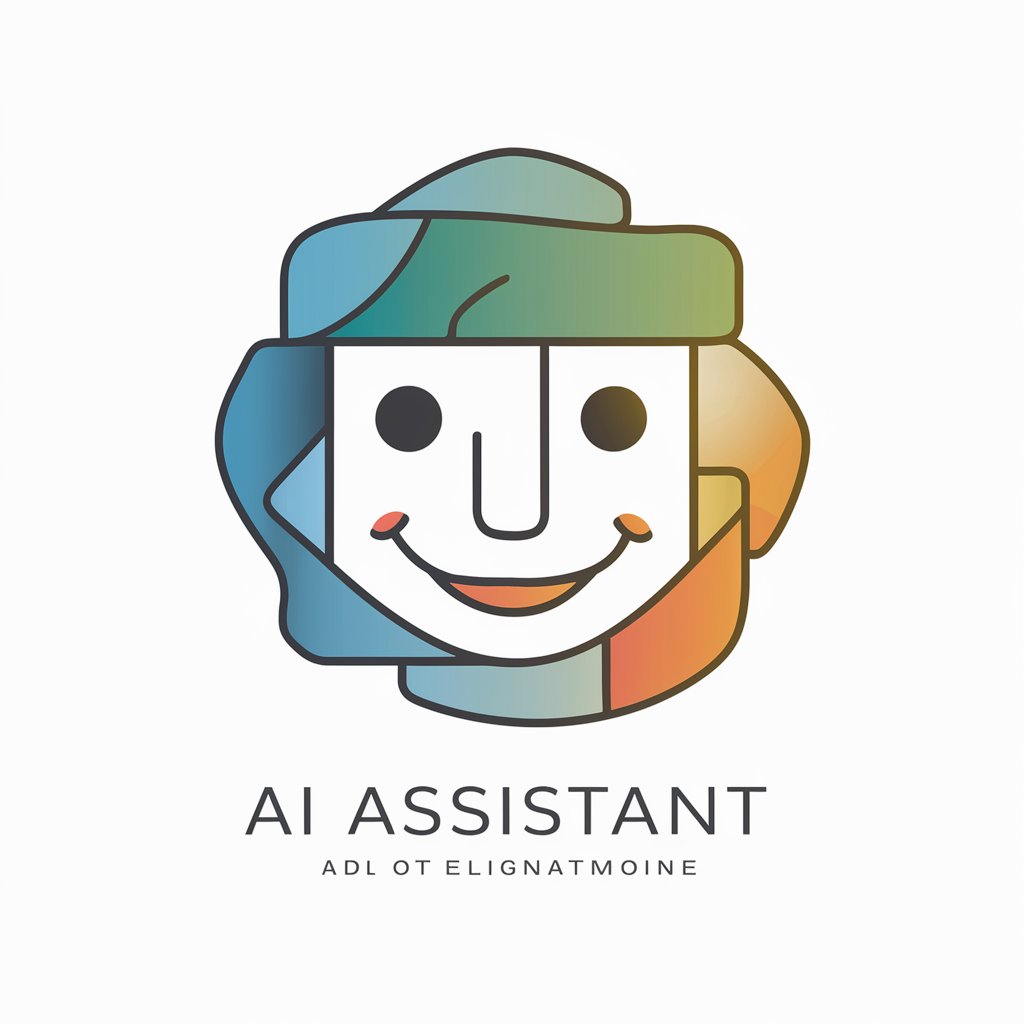
MZ 블로그 글 작성기
Your AI-Powered Korean Blogging Companion

News+
Your AI-Powered News Companion

The 5-Step Job Search Guide
Empowering Your Job Search with AI
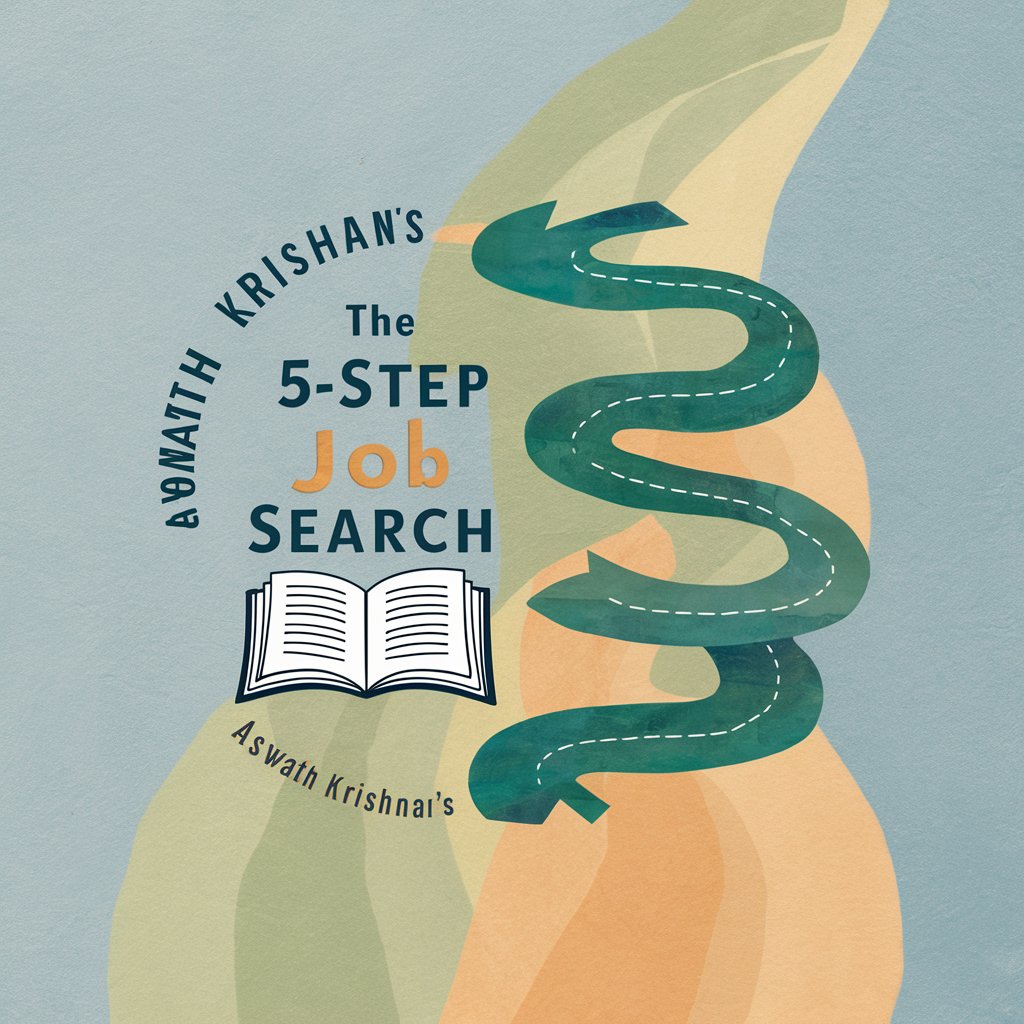
Perfect Translator
Translating Beyond Words with AI Power
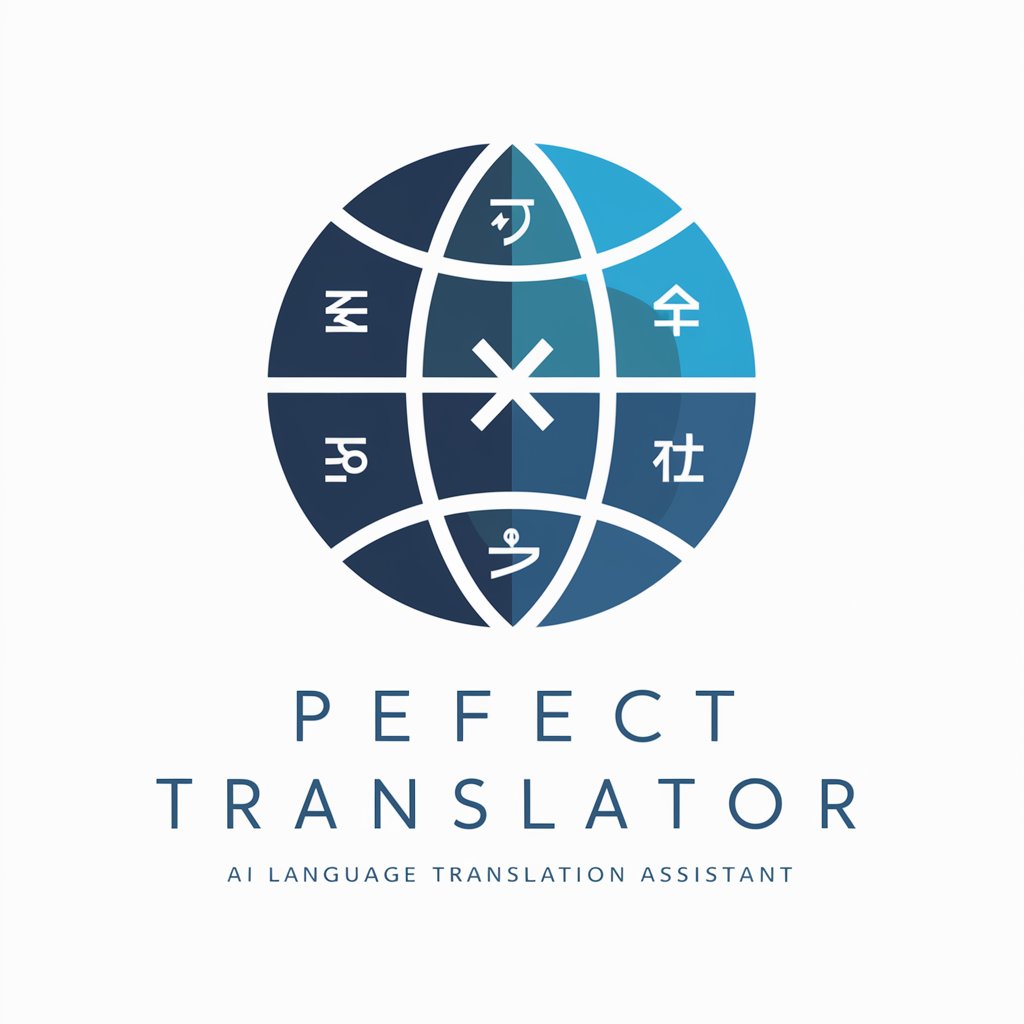
Bob‘s Burger
Culinary Creativity, AI-Enhanced

提示精灵小黑熊(Structured Prompt Pet)
Empowering Creativity with AI Insight

FAQs on エンジニアの知的生産術NEXT
What is エンジニアの知的生産術NEXT?
エンジニアの知的生産術NEXT is a prototype exploring future knowledge transfer forms enabled by the advancements in LLM, designed by the author of 'Engineer's Intellectual Production Craftsmanship' itself.
How can it benefit my research process?
It assists in streamlining the research process by providing in-depth information analysis, summarization capabilities, and suggestions for further exploration, making it invaluable for academic and professional research.
Can it help with software development?
Yes, it offers insights into best practices, code optimization, and troubleshooting, thus facilitating a more efficient and effective software development lifecycle.
Is it suitable for beginners in engineering?
Absolutely, it provides foundational knowledge, tutorials, and step-by-step guides that are essential for beginners to understand complex engineering concepts.
How does it stay updated with the latest trends?
It continuously integrates new insights and data from recent research and developments in the field, ensuring the information remains current and relevant.
